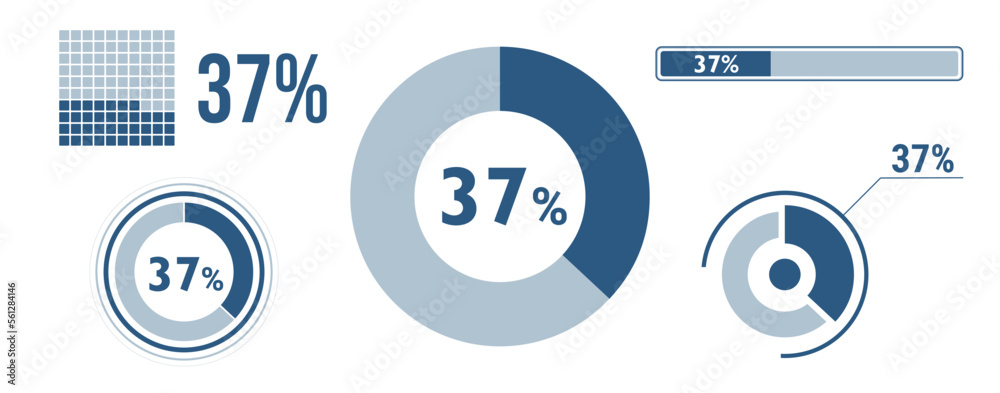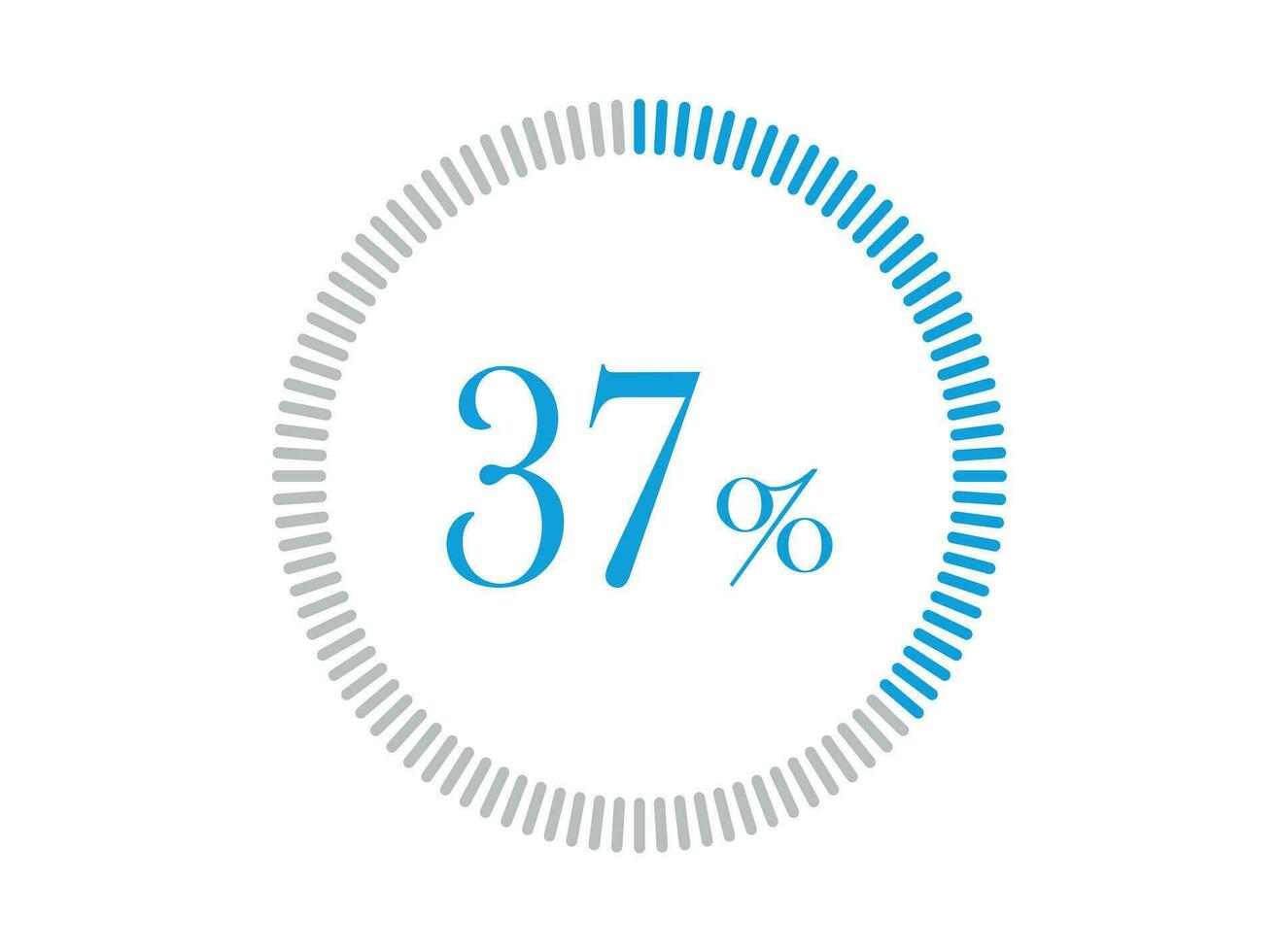31 Out Of 37 As A Percentage

Imagine a classroom buzzing with anticipation. Final exam results are posted, and a wave of nervous energy washes over the students as they scan the list. Whispers and murmurs fill the air as individuals discover their fates, a blend of relief and disappointment painting their faces.
At the heart of this collective experience lies a simple yet profound question: what does it mean to have 31 out of 37 students succeed? Converted to a percentage, this represents approximately 83.78%, a figure that speaks volumes about performance, potential, and the effectiveness of the learning environment.
Understanding the Percentage
The calculation is straightforward: (31 / 37) * 100 = 83.78%. This number provides a snapshot of success, but understanding its true meaning requires context.
Is this a typical outcome? How does it compare to previous years, or to other similar groups? We need to explore the story behind the numbers.
Background: A Deeper Dive
To truly appreciate the significance of 31 out of 37, let's consider various scenarios. Perhaps this represents the passing rate of students in a challenging university course.
Or maybe it reflects the percentage of a company's project teams that successfully met their deadlines. Whatever the context, the implications are significant.
Let's examine the possible scenarios through a few different lenses.
Scenario 1: Academic Excellence
Imagine this is a group of aspiring medical students taking a crucial pre-med course. Achieving an 83.78% passing rate signifies a high level of comprehension and dedication within the cohort.
It suggests that the teaching methods are effective and that the students are well-prepared for the challenges ahead. This positive outcome could also reflect the quality of resources available to the students, from textbooks and online tools to dedicated tutoring services.
Such a result could bring prestige to the university or department, attracting more high-achieving students in the future, fostering a cycle of excellence.
Scenario 2: Professional Success
Now, picture a team of software developers working on a critical project. A success rate of 83.78% could mean that most features were successfully implemented and tested within the given timeframe.
This indicates a strong level of collaboration, technical proficiency, and effective project management. It could also reflect the efficacy of the company's training programs and the supportive work environment.
Such success can boost team morale, enhance the company's reputation, and lead to further opportunities and growth.
Scenario 3: Community Impact
Consider a local community initiative aimed at improving literacy rates. If 31 out of 37 participants show significant improvement in their reading and writing skills, that's a commendable achievement.
This highlights the effectiveness of the program, the dedication of the instructors, and the willingness of the participants to learn. It can lead to increased confidence, improved job prospects, and a stronger sense of community among those involved.
Such progress could inspire other communities to implement similar initiatives and create a ripple effect of positive change.
The Importance of Context
While 83.78% is a generally good result, it's essential to avoid generalizations. Contextual factors such as the difficulty of the task, the resources available, and the individual circumstances of those involved play a crucial role in interpreting the percentage.
For instance, if the task was particularly challenging or the resources were limited, an 83.78% success rate could be considered exceptional.
Conversely, if the task was relatively simple and the resources were abundant, the same percentage might be viewed as merely satisfactory.
Beyond the Numbers: Qualitative Insights
Numbers tell only part of the story. To gain a more complete understanding, it's crucial to gather qualitative data, such as feedback from the participants and observations from those involved.
What were the challenges faced? What were the key factors that contributed to success? What lessons were learned?
Answers to these questions can provide valuable insights that go beyond the surface and reveal the underlying dynamics at play.
Consider these important points: Did those who didn't succeed have access to additional help? Were they new to the environment or challenge?
Benchmarking and Comparison
Comparing the 83.78% result to established benchmarks or to similar groups can provide further insights. For example, if the average passing rate for similar courses is 70%, then 83.78% represents a significant improvement.
Similarly, if other companies in the industry achieve a project success rate of only 60%, then 83.78% is a competitive advantage. However, keep in mind to always look at the methodology used to gather the average.
Benchmarking allows for objective evaluation and helps to identify areas for further improvement.
Continuous Improvement
Regardless of whether 83.78% is considered a good or an average result, the focus should always be on continuous improvement. What steps can be taken to further enhance performance and increase success rates?
This might involve refining teaching methods, providing additional support, improving resource allocation, or fostering a more collaborative environment.
The goal is to create a culture of learning and growth, where everyone is striving to reach their full potential.
The Human Element
It's easy to get caught up in the numbers and lose sight of the human element. Each of the 37 individuals involved has their own unique story, challenges, and aspirations.
Recognizing and celebrating their individual contributions is essential. Provide encouragement to those who struggled and acknowledge the hard work and dedication of those who succeeded.
Ultimately, it's the collective effort and individual journeys that truly matter. Every single person's contribution is important.
When considering student success, it is imperative to remember what obstacles these students had to overcome.
Conclusion: A Holistic Perspective
The success of 31 out of 37, represented by the percentage of 83.78%, provides a valuable snapshot of performance, but it's just one piece of the puzzle. To fully understand its meaning, it's essential to consider the context, gather qualitative data, compare against benchmarks, and, most importantly, recognize the human element.
By taking a holistic perspective, we can gain deeper insights, identify opportunities for improvement, and celebrate the achievements of individuals and the community.
Ultimately, the story behind the numbers is one of resilience, dedication, and the pursuit of excellence. This percentage serves as a reminder that progress is a journey, not a destination, and that continuous improvement is the key to long-term success. It is also a reminder of humanity's inherent value.

















